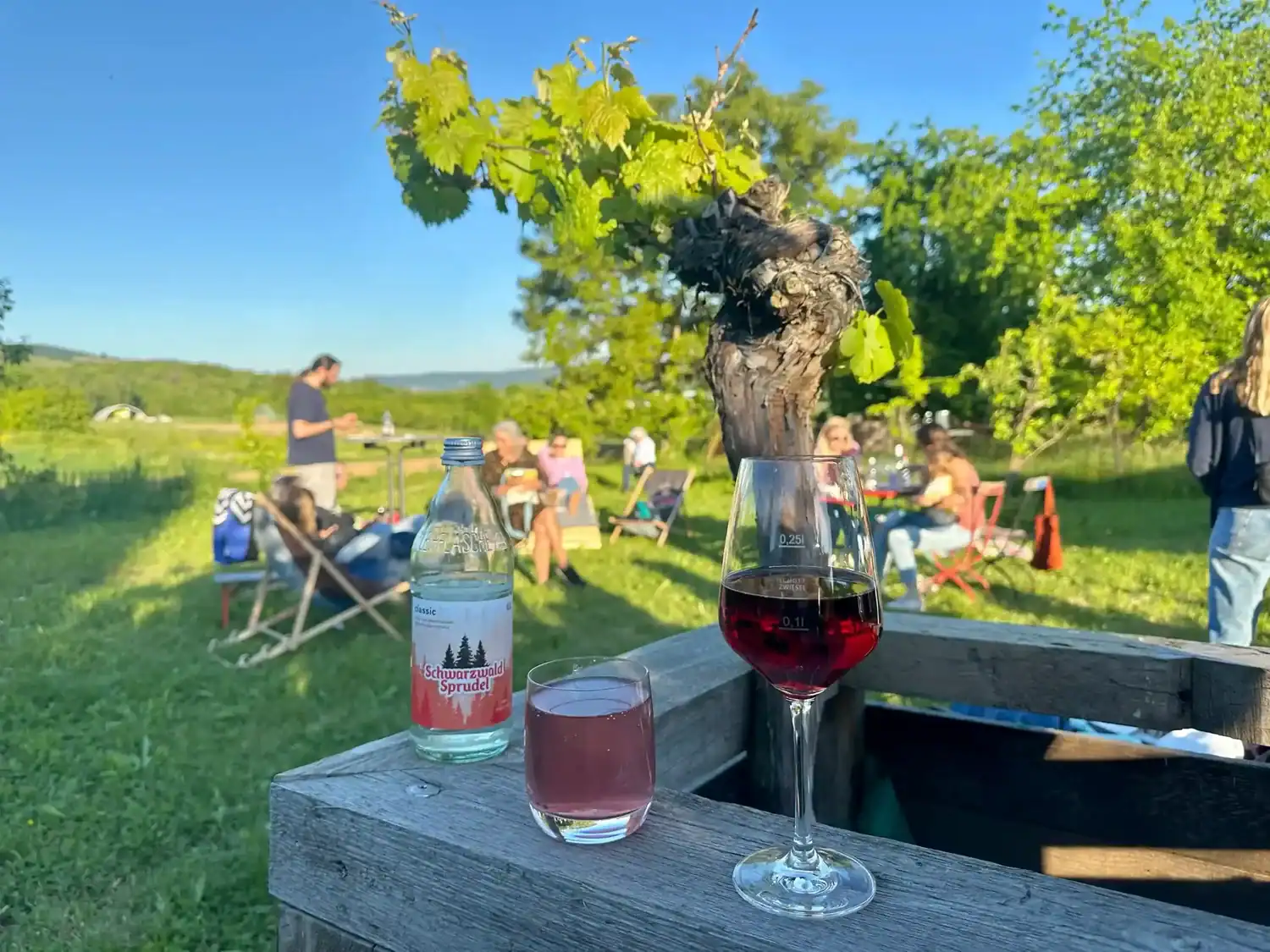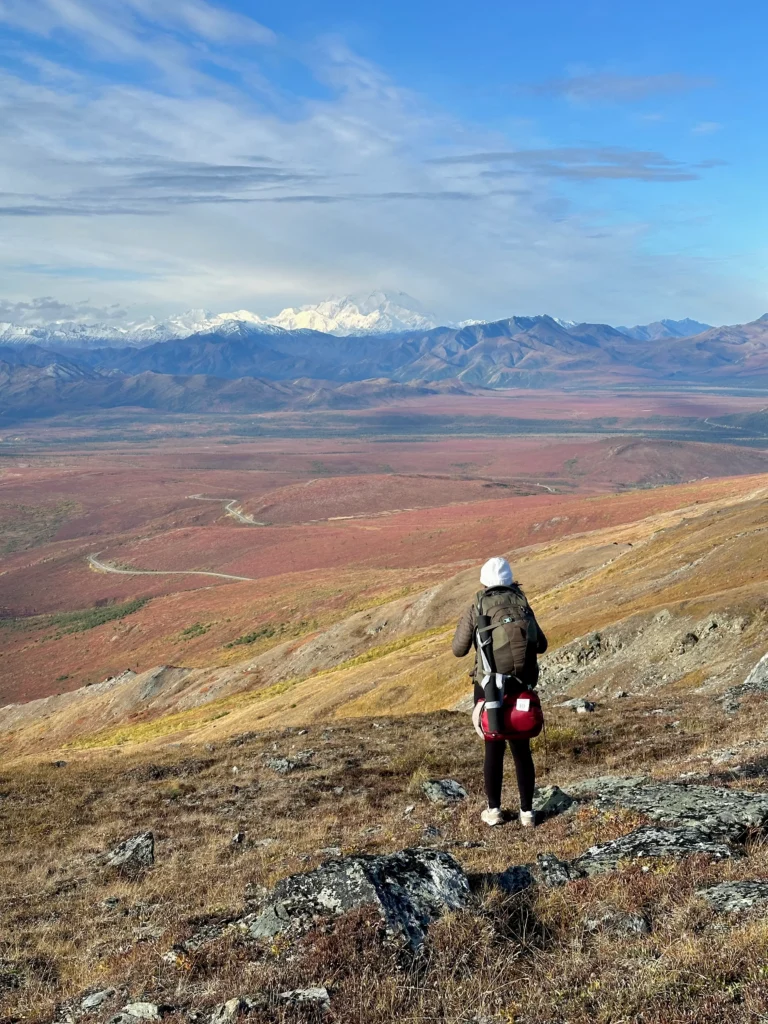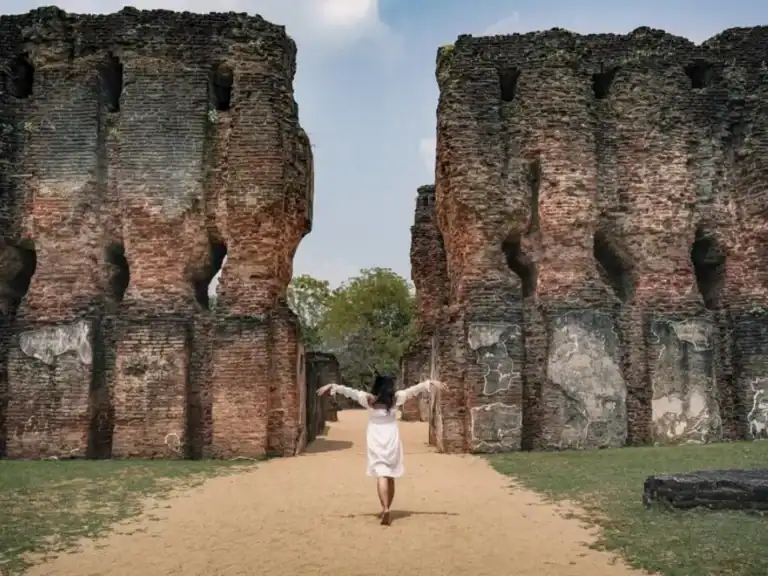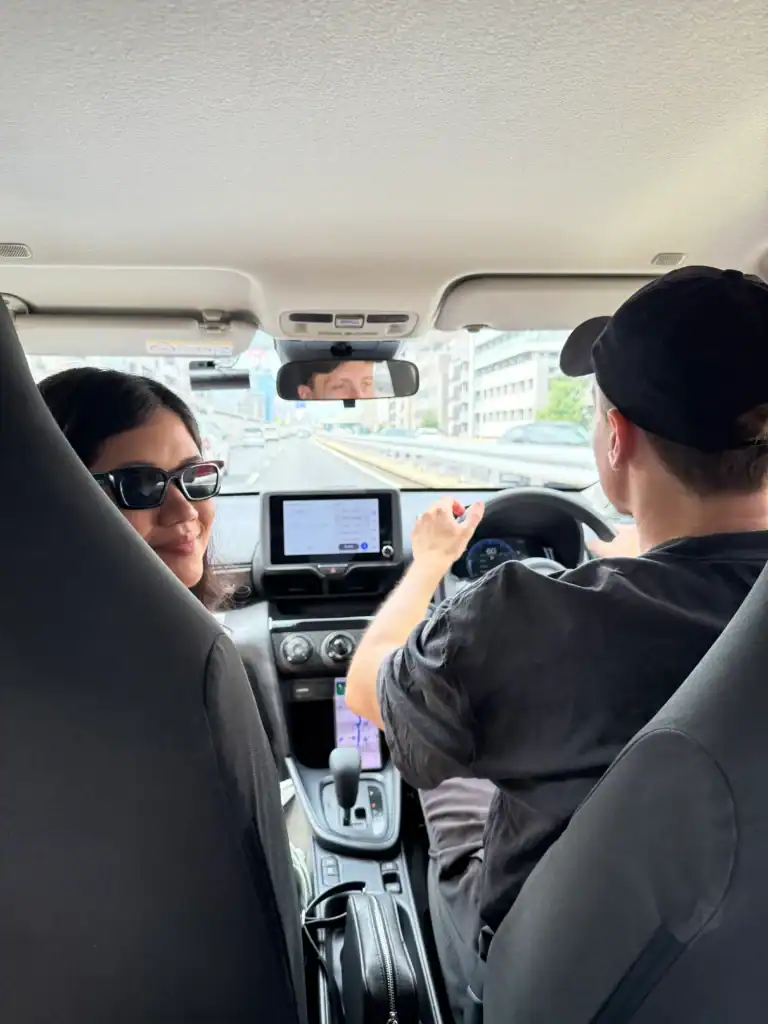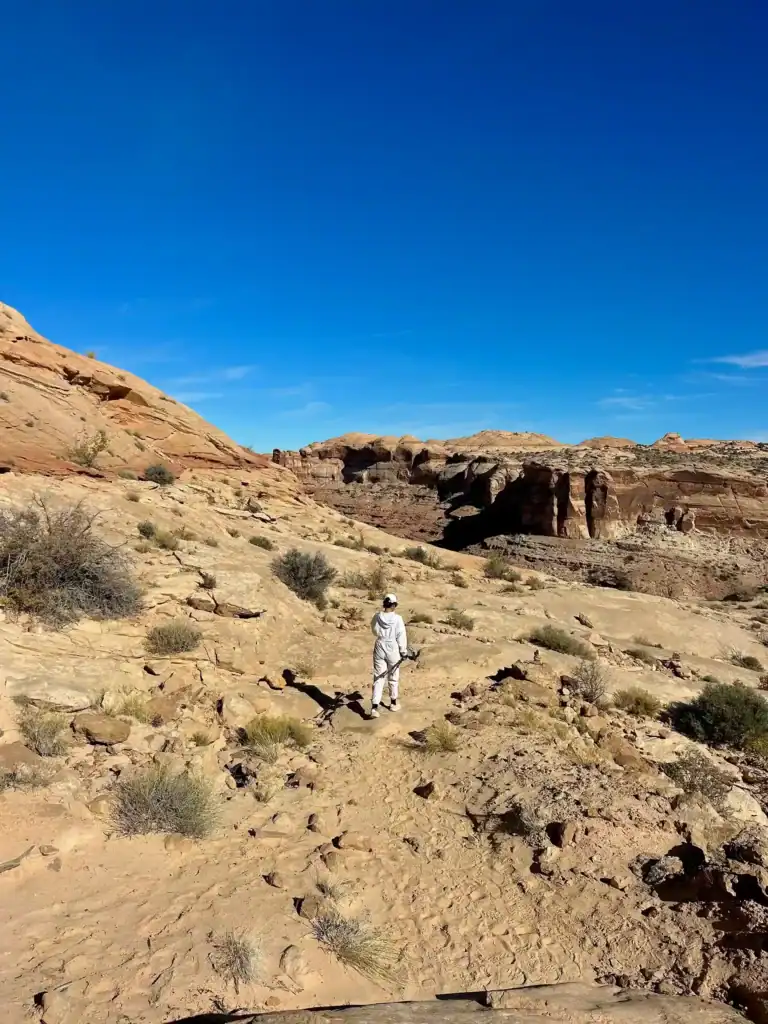What Is Slow Travel and How to Travel Differently
Every time you try to plan a trip, you’re bombarded with “25 Best Things to Do,” jam-packed itineraries, and guides on how to see everything in one day.
A checklist. A fully booked day of running from one attraction to the next—grabbing just a sandwich between museum stops just to stay on schedule.
It sounds productive. But more often? It feels like a sprint, not a vacation.
You end your trip feeling exhausted—which defeats the whole purpose of taking one.
You barely remember how the place smelled, how it sounded, or how it made you feel.
I’ve been there too.
After 12+ years, 30+ countries, and all kinds of travel styles—from backpacking to boutique, volunteering to camper van—I’ve come to realize this:
The most meaningful trips aren’t the most jam-packed.
They’re the ones that give you time.
Time to breathe. Time to slow down. Time to actually be there.
This is where slow travel comes in.
In this post, you’ll learn what is slow travel, how it works, and how it might completely shift the way you plan your next trip.
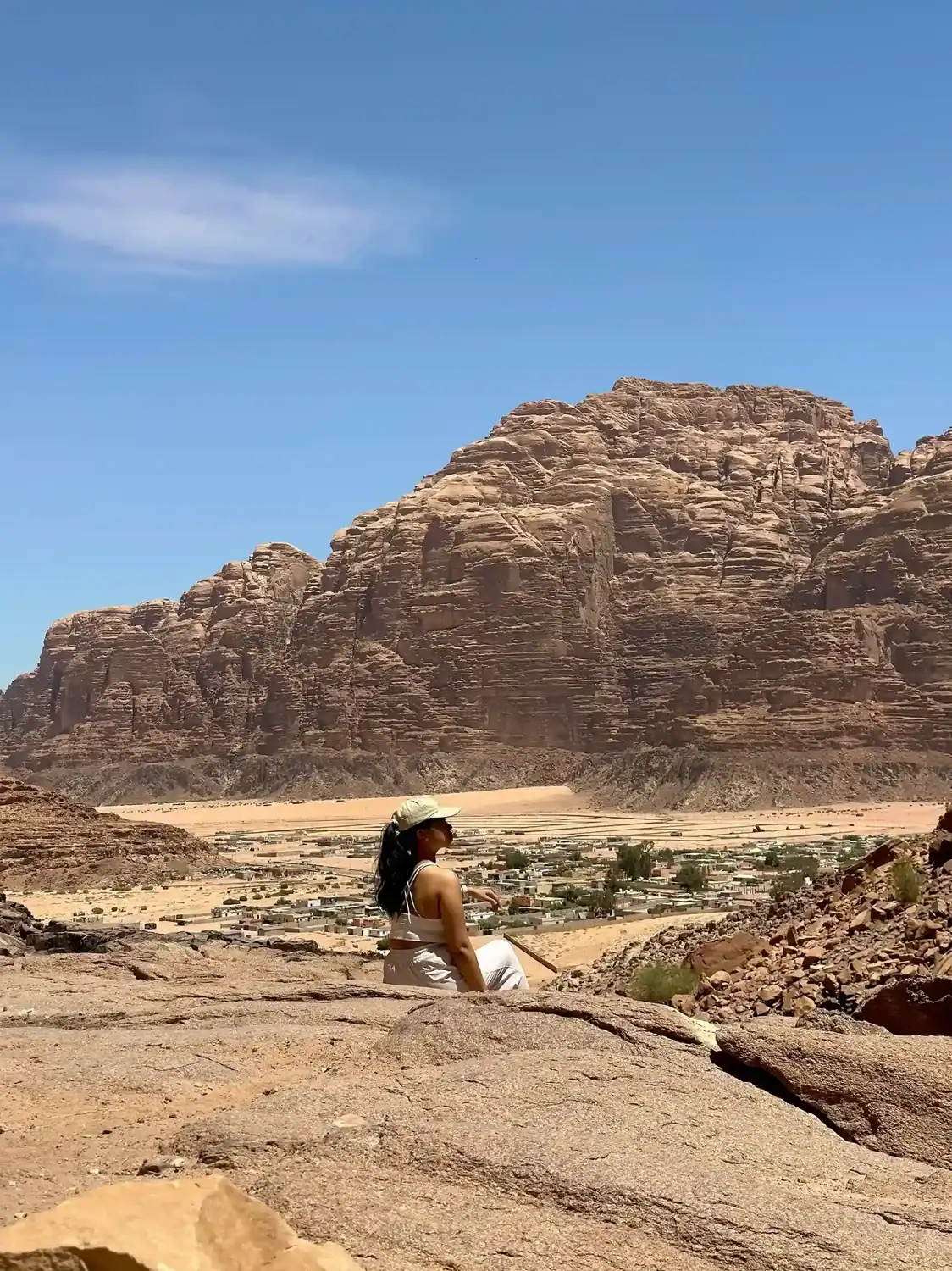
What Is Slow Travel?
Let’s start by clearing something up:
Slow travel isn’t about getting to places slowly. It’s about being present once you’re there.
It’s not about skipping flights or avoiding cities.
It’s not about seeing fewer countries.
Slow travel is a way of exploring the world that prioritizes depth over speed. Instead of rushing through a long list of places, you stay longer in fewer ones. That way, you can really connect, be present, and soak in experiences that stay with you.
It means choosing presence over pressure. Curiosity over checklists.
It could look like spending two weeks in one village instead of racing through five cities in seven days.
It could mean walking to the market in the morning instead of rushing between tourist stops.
Or simply adding a free day to your itinerary—just to breathe.
Slow travel invites you to stop chasing more and start asking:
What would it feel like to actually be here?
So, Is It About Traveling Slowly?
Not necessarily.
It’s less about speed—and more about intention.
You can move fast and still travel slowly.
You can stay in one place and still feel rushed if you’re filling every moment.
Slow travel means you’re not chasing an itinerary—you’re following curiosity.
You’re creating room for the spontaneous, the soulful, and the real.
Where Slow Travel Began
The idea of slow travel grew out of the Slow Food Movement, which began in Italy in 1986 as a response to the opening of a McDonald’s near the Spanish Steps in Rome.
It was a quiet act of rebellion—against fast food, yes, but also against the loss of culture, identity, and presence. That same philosophy of resisting the rush eventually extended to travel. People began to crave not just new places, but real experiences—the kind you can’t find on a top-10 list.
Travelers began choosing longer stays, fewer stops, and deeper immersion over rushing through highlights.
Over time, slow travel became a quiet movement—a gentle pushback against burnout, overtourism, and the pressure to “see it all.”
Why Choose Slow Travel?
When you travel slowly, you make space for the things that make a trip meaningful—the unplanned conversations, the meals that turn into friendships, the quiet mornings that help you remember what really matters.
And it’s not just better for you—it’s better for the world.
Slow travel is more sustainable, more respectful, and often more affordable. You use fewer resources, support local communities directly, and leave a lighter footprint.
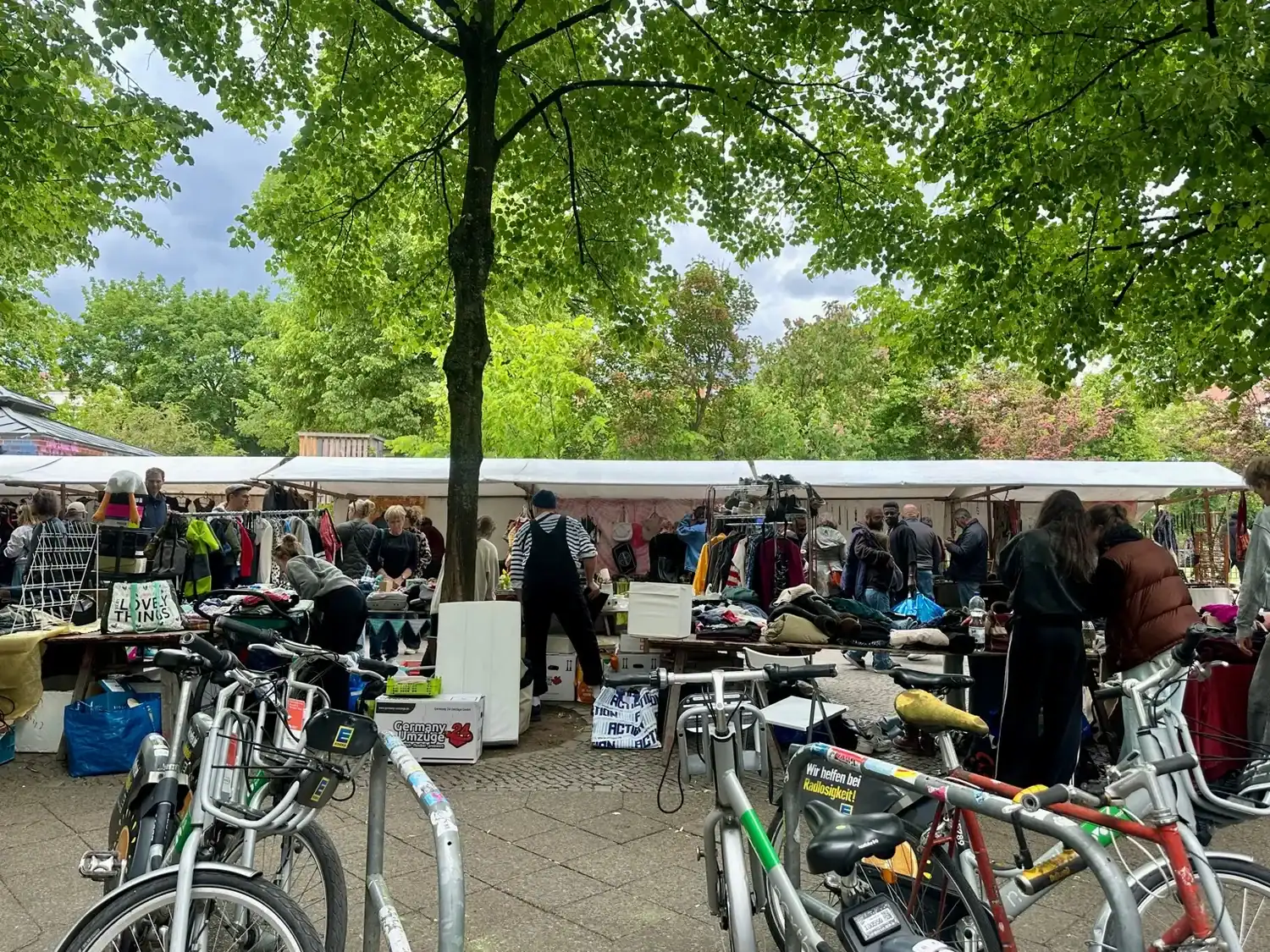
But more than that?
You come home full.
Not just with memories—but with insight, calm, and maybe even a renewed sense of who you are.
Disclosure: This page contains affiliate links at no extra cost to you. Learn more.
How Slow Travel Actually Works
So, how do you actually slow travel?
Let’s break it down—because it’s not about ditching your bucket list or staying in the same town for a month (unless you want to). It’s about being intentional with the way you move, plan, and experience a place.
Here’s how slow travel works in real life:
1. Stay Longer in Fewer Places
Instead of checking off 5 cities in 10 days, what if you stayed in just one or two—and really explored them?
You give yourself time to find your favorite coffee shop, learn a few local phrases, and build a rhythm that makes the place feel like a second home.
2. Build in Empty Space
Slow travel means not filling every minute.
Leave room for spontaneous detours, lazy mornings, or long conversations that run into dinnertime. One of the biggest mistakes I see? Overplanning.
Try adding at least one “no plans” day in your itinerary. You’ll be surprised what finds you.
3. Choose Experiences Over Attractions
Instead of rushing to every must-see, look for moments that create meaning:
– Cooking with a local grandma
– Volunteering at a small community farm
– Sharing meals in a guesthouse kitchen
It’s the everyday stuff that sticks.
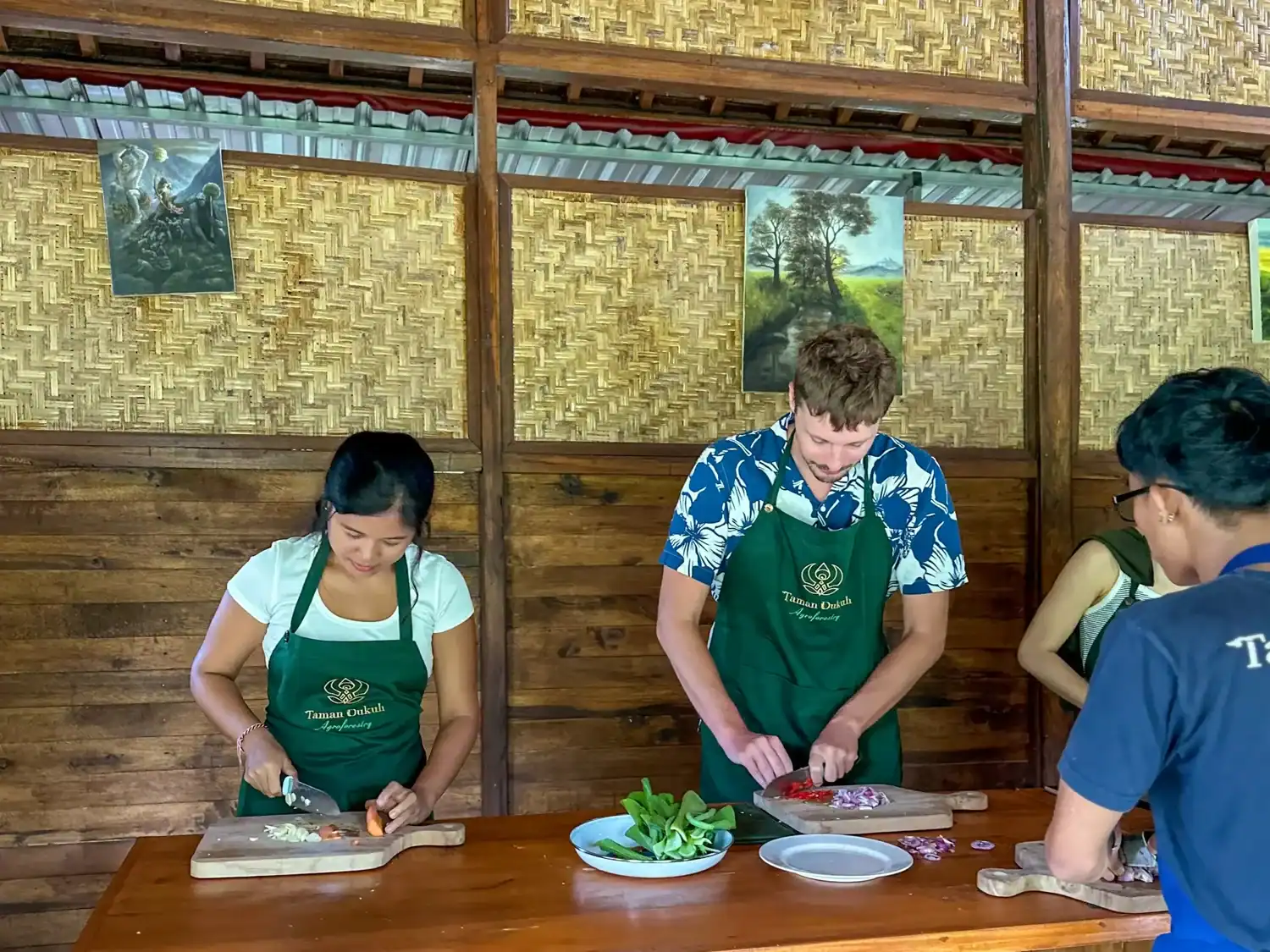
4. Travel Based on What You Need
Not every trip has to be productive or packed.
Maybe you need rest. Or inspiration. Or clarity.
Let that guide your itinerary—not just a list of top attractions.
💡 If you’re not sure what kind of travel you need, take my fun and free What Kind of Traveler Are You? quiz to discover your personal travel style.
5. Travel Slowly When You Can
You don’t have to walk everywhere or avoid planes—but when it makes sense, slower modes of transport let you see more.
Train rides. Bike routes. Long walks through neighborhoods. These aren’t just how you get somewhere—they are the experience, especially in places where slow travel is part of the lifestyle.
6. Connect With People, Not Just Places
Slow travel lets you talk to the bakery owner. Ask questions at the market. Sit on a bench and watch the town move.
These moments won’t show up on TripAdvisor—but they’re the ones that stay with you.
How to Travel Differently (Tips + Examples)
You don’t have to be a full-time nomad or spend months in one place to embrace slow travel. It’s a mindset, not a rulebook—and it often starts with small choices that shift the way you experience a trip.
Here are a few practical ways to travel differently, no matter where you’re going:
1. Stay in Local Guesthouses, Homestays, or Hostels With a Community Feel
Instead of booking the most convenient hotel chain, look for places where you can connect with your hosts or fellow travelers.
Stay somewhere that hosts shared dinners. Or where the owner is happy to give local tips.
In Ubud, I stayed in a family-run homestay where each morning, I’d quietly watch their daily offering ritual—the incense, the petals, the prayer. Afterwards, we’d talk about their culture, the neighborhood, even their even stories passed down through generations over coffee on the terrace. I didn’t just learn about Bali—I felt it.
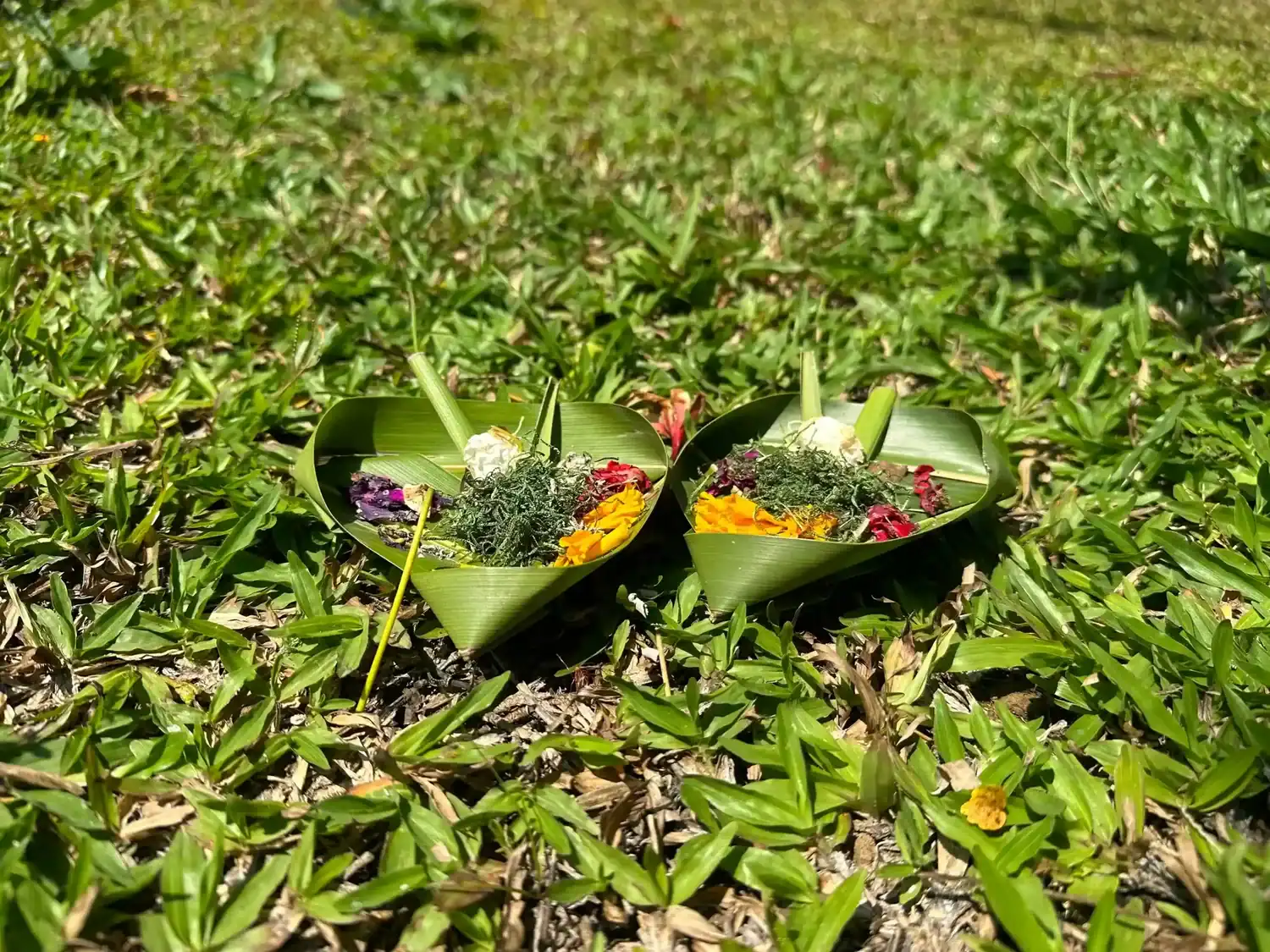
2. Give Yourself Time to Wander
The most memorable parts of a trip usually aren’t on the itinerary—they happen when you let go of the plan.
Walk with no destination.
Sit in a café with a notebook.
Follow the smell of bread or the sound of music.
You don’t have to “do nothing”—just give yourself space to be spontaneous.
💡 Try this: Plan just one activity a day. Leave the rest of the day open to see where your feet, your mood, or a conversation might lead you.
3. Swap a Bucket List Attraction for an Immersive Experience
Instead of chasing a “top 10” spot, look for something meaningful—something that allows you to learn, to connect, or to create.
- Take a cooking class with a local grandma
- Help plant trees or harvest herbs at an eco-farm
- Go on a neighborhood food crawl with someone who lives there
In Cappadocia, Turkey, I skipped the touristy shows and wandered into Avanos, a quiet pottery village. I watched a young boy shape clay with such focus, his hands steady like he’d been doing it forever. At the end, he shyly gifted me the pot he made. Then, a vendor handed me free Turkish ice cream and it wasn’t a trick. That day wasn’t on any list—but it became my favorite memory in Turkey.
4. Let Rest Be a Valid Reason to Travel
You don’t need to “earn” your vacation. You’re already on one.
If your body is tired or your heart needs quiet, listen. Slow travel movement gives you permission to rest without guilt.
You can lie under a tree for an hour and call that a good day.
You can walk through the fields and pick wildflowers.
You can sleep in, sip tea, or watch the clouds roll over a new city.
Because sometimes, that’s exactly what your soul came for.
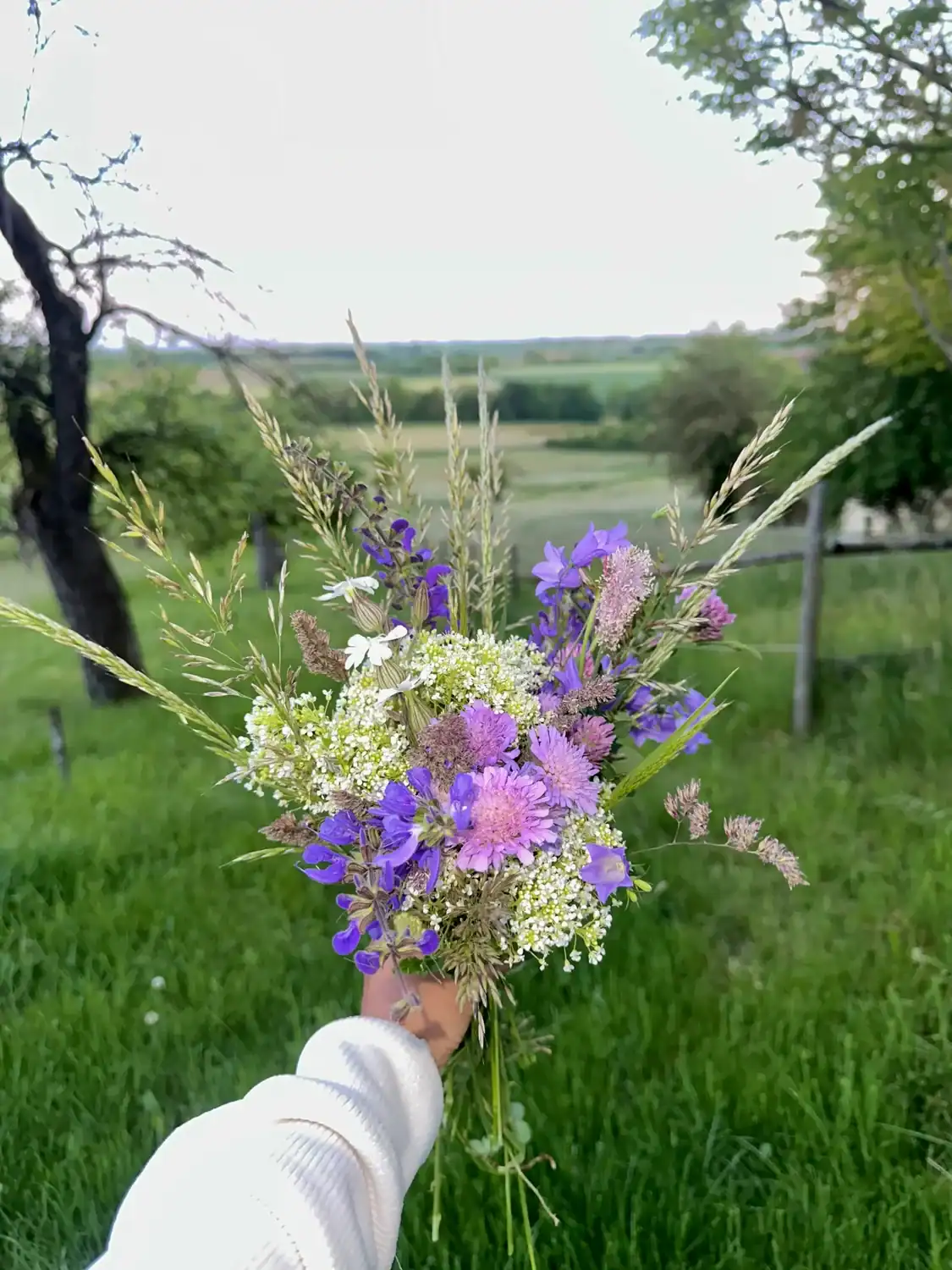
5. Use Volunteering, House-Sitting, or Work Exchanges to Stay Longer
If you’re on a budget—or just want to experience a place more deeply—these options let you trade time or skills for a place to stay.
You get to live like a local, contribute to something meaningful, and feel part of a place instead of just passing through.
Personal tip:
I used Worldpackers and Workaway for stays in Alaska, Jordan, and Turkey. It wasn’t always glamorous, but it was grounding. I shared meals, learned stories, and saw sides of these places that no tour could have shown me.
💡 Thinking about volunteering while you travel? Start here with my go-to guides for everything you need to know about volunteering.
6. Travel With Questions, Not Just Plans
Instead of asking “What’s there to do?”, ask:
- What do I want to feel on this trip?
- What am I curious about here?
- What do I want to learn from this place?
Let your trip be a two-way conversation. The more questions you ask, the more a destination can reveal itself.
What Happens When You Travel From the Soul
When you stop chasing checklists and start listening to yourself, something shifts.
You’re no longer just seeing a place—you’re feeling it.
You notice things you would’ve rushed past before. A quiet moment in a village square. The smell of spices at a market. The way the light hits the trees during golden hour. And you start to notice yourself, too—what excites you, what calms you, what you’ve been carrying that you didn’t even realize.
Slow travel isn’t just about the outer journey. It becomes an inner one.
You come home softer. Sharper. Clearer.
You remember what matters to you—and maybe what doesn’t.
And more than anything? You begin to realize you don’t need to go far or fast to feel alive. You just need to be present.
Tired of copy-paste itineraries that don’t match what you actually need?
I’ll help you plan a slow, intentional trip based on what you truly need—whether that’s healing, inspiration, or deep rest.
You’ll get a personalized itinerary custom built for you, not just generic top 10 things to do. Sign up for my Soulful Travel Design Lab.
Read More About Slow Travel
- Happiness on the Way Isn’t a Myth: Try Slow Travel
- 27 Slow Travel Destinations That Will Change You Forever
- 75+ Best Slow Travel Quotes To Inspire You
- Why Traveling Makes You Happy
- Slow Travel Paris: How to See Paris Like a Local
- How To Have a Perfect Picnic at the Eiffel Tower
- Nyepi Day 2025: How to Honor the Bali Day of Silence
- Meemure: The Ultimate Guide to Sri Lanka’s Hidden Village

